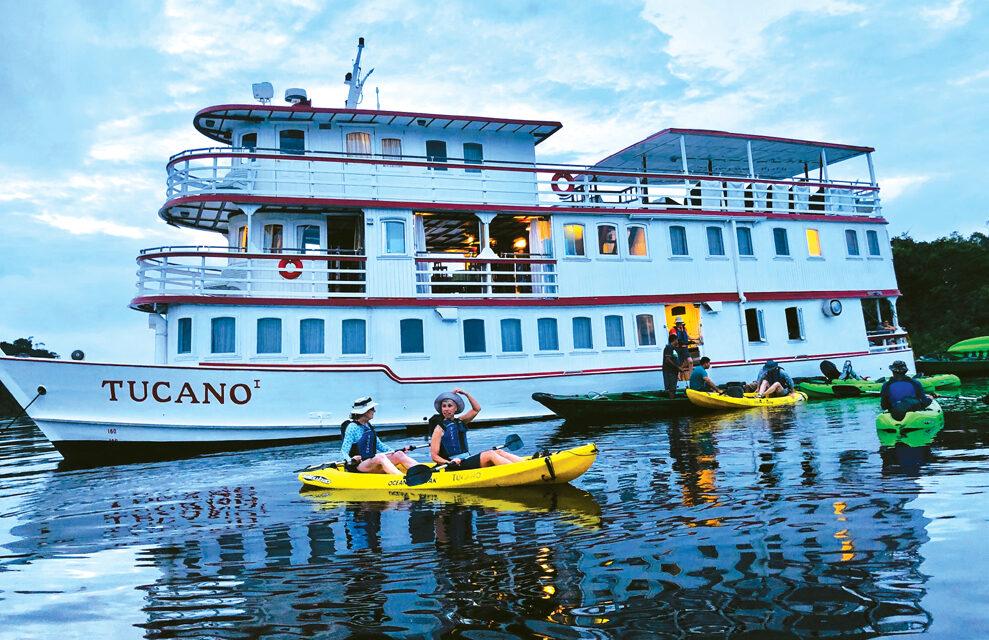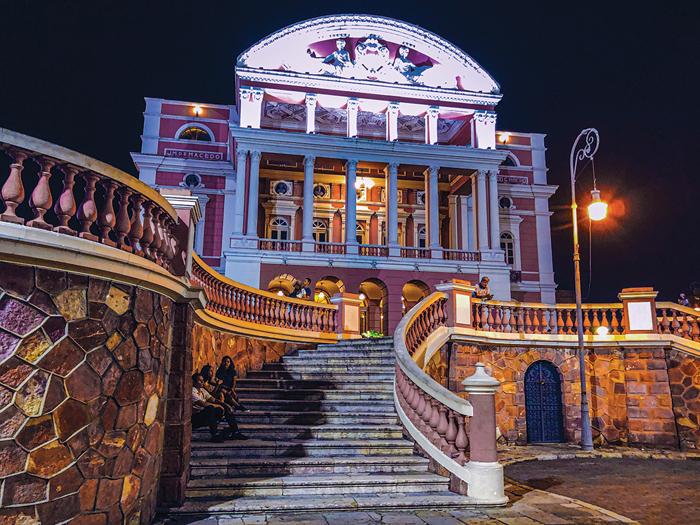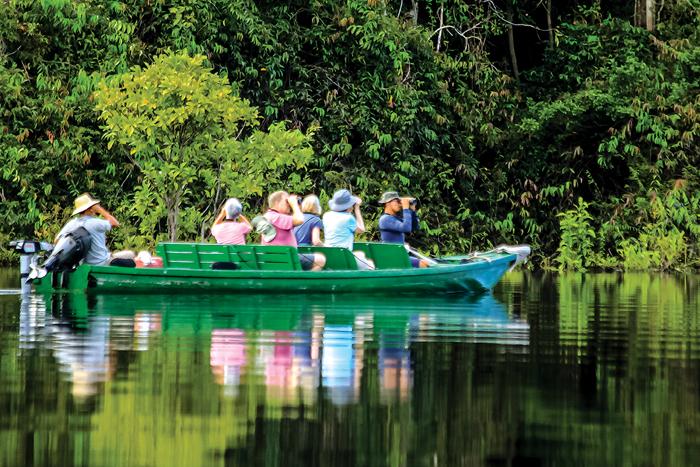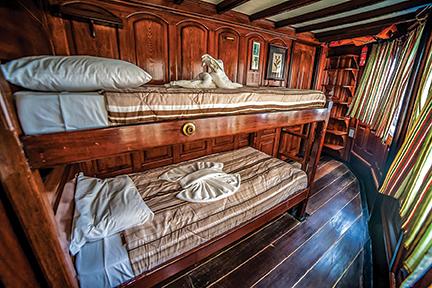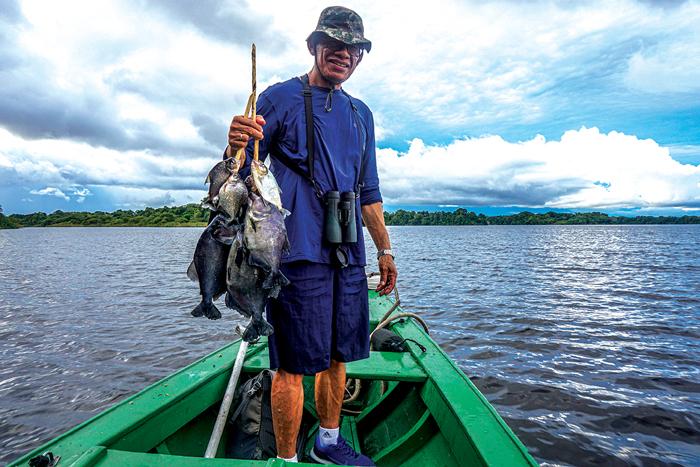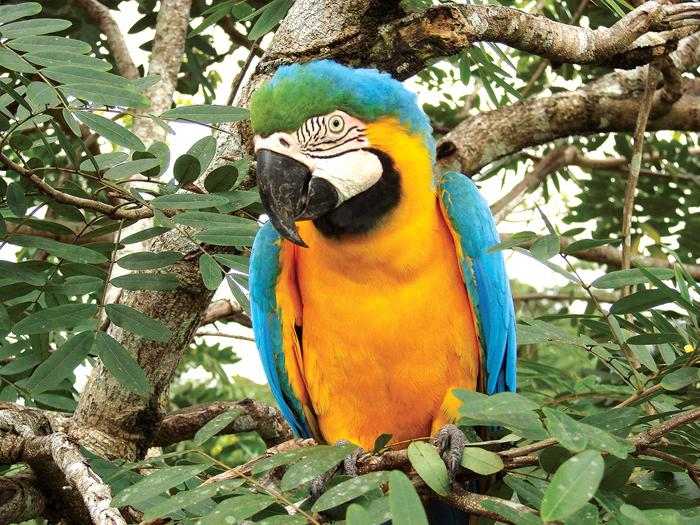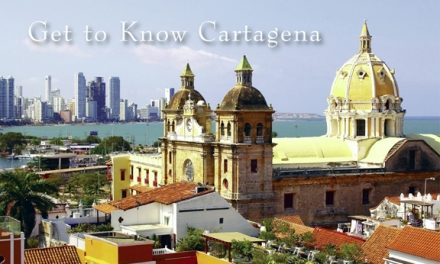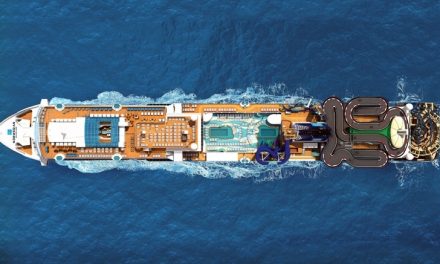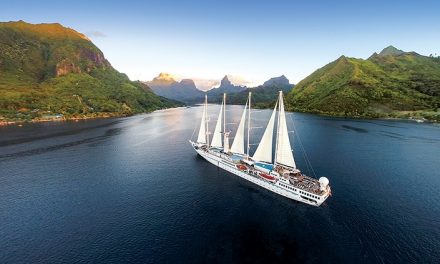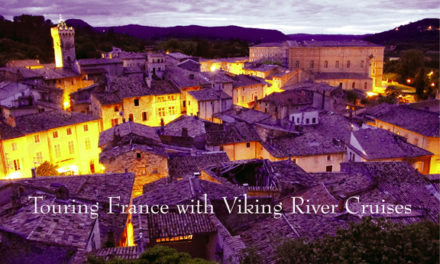Cruise
Exploring the Amazon with Amazon Nature Tours
Article and photography by Nicholas Kontis
As river-cruise operators seek new waterways to explore, South America’s great Amazon remains mostly undiscovered. Yet it may have greater potential to lure global explorers than any other river in the world.
There is a good reason why operators of small ships rhapsodize at the potential of new sailings on the world’s most significant jungle river. Amazonia is the home of the world’s largest rainforest, covering 2.5 million square miles. it touches nine South American countries. The possibilities of uncharted discovery are seemingly boundless. Except for a few large cities erected in the last century and a half, not much has changed since the early quests of global navigators Francisco Pizarro and Theodore Roosevelt. The ceaseless Amazon remains as surly and cantankerous as ever. as ever.
Expedition cruise lines exploring the Brazilian Amazon depart out of an unlikely port of call. Manaus, founded in 1669 and named for the Manoas Indians, is the capital of Amazonas, Brazil’s largest state. Known as the “Jungle City,” this fascinating metropolis of 2.2 million lies by river travel a distance of 1,000 miles from the mouth of the Amazon, where the river meets the Atlantic Ocean at Belem.
The city’s pièce-de-resistance is its Renaissance Revival-style opera house. Built in 1896, the Teatro Amazonas boasts a mind-boggling, ceramic mosaic dome of colors that represent the Brazilian flag. The structure has been methodically restored to its glory days’ appearance. Most construction materials were shipped from Italy, France and England. One can only marvel at the logistics involved.
Style and Elegance
While a stay at a jungle lodge is a novel alternative to scrutinizing the jungle, the best way to view the ecosystem is by expedition cruise. Limited numbers of passengers, exquisite and spacious decks, and meticulously deluxe staterooms make this epic adventure a luxurious one.
Amazon Nature Tours carries no more than 18 guests on its small-ship expeditions from Manaus. The Motor Yacht Tucano (M/Y Tucano) ventures farther up the mammoth river than any other vessel — nearly 200 miles, or about twice the voyage offered by other operators.
Crafted in 1997 with cabins refurbished in 2018, the 80-foot Tucano was built for the sole purpose of meandering the Amazon and its tributaries in comfort. Shiny white with crimson accents, this modern-day showpiece replicates the elegance of steamboats that played a significant role in the 19th-century development of the vast jungle: Think Klaus Kinski in “Fitzcarraldo” or Humphrey Bogart and Katharine Hepburn in “The African Queen.”
The Tucano has a broad beam, for stability, and a flat, shallow-draft bottom. This allows for passage across sandbars, enabling miles of divergent off-grid exploration of tributaries inaccessible to other Amazon vessels.
In the classic style of a bygone era, the grand boat has large decks on three levels. Many of its 80-plus windows are more than three feet tall, affording astonishing rainforest views. Each air-conditioned stateroom has at least four large port windows for viewing the untamed wilderness, as well as handcrafted wooden panels and brass accents.
The kitchen and decks mimic the feel of a luxury yacht. The salon, which doubles as the dining room, adjoins a comfortable lounge area where new friends may mingle. A library is filled with books on the river and jungle.
Although the onboard galley is small, the chefs dazzle with comfort foods. The palate-pleasing Brazilian menu of three meals a day is accented by a happy hour of appetizers and drinks on the top deck. Meals include local fruits and vegetables; the freshest catch of the day; and a meat or chicken dish, usually served with rice or pasta. Breakfast is eggs, fruit, and oatmeal. For a sugar rush, there is also a scrumptious homemade cake for dessert, breakfast or an afternoon snack.
Naturalist guides
The luxury of a smaller-berth cruise allows passengers a personalized and unhurried jungle experience that focuses on the flora and fauna under the verdant canopy of the Amazon rainforest. Trips are led by two highly trained naturalist guides, who show the hidden wilderness during three or four jaunts daily. The trained eyes of these guides spot many bird and monkey species that guests might otherwise miss.
The world’s largest biosphere does not disappoint. Travelers connect with pink river dolphins, who seem to always put on a show; squawking toucans, macaws, and parrots in a kaleidoscope of bright colors; lazy sloths and iguanas, and the vast array of cacophonous, long-tailed monkeys , including several that are found nowhere else on earth.
The mastermind behind Amazon Nature Tours is founder and CEO Mark Baker, a native of Newport, Rhode Island. In his 20s, Baker embarked on what would be a life-changing, month-long journey sailing to coastal Venezuela then hiking and working his way south over the continental divide into the Amazon landing in Manaus. Falling in love with the jungle, he succeeded in creating the Motor Yacht Tucano , an elegant riverboat as comfortable as a luxury yacht.
From Manaus, the company offers year-round voyages. Many sojourners prefer to visit during the rainy season when waters rise 40 feet and fish swim in the upper branches of trees.
“The Motor Yacht Tucano is designed to conduct sustainable tourism, treading lightly on the fragile forest,” Baker said. “We practice energy conservation, waste management, and pollution control. We have procedures in place onboard to conserve energy while retaining the comfort of our cruises.”
Two itineraries
Amazon Nature Tours offers two itineraries aboard the Tucano. Both traverse the murky waters of the appropriately named Rio Negro (“Black River”) to reach into the heart of the primeval jungle. Here, they branch into day trips for deeper exploration by launch or kayak.
The “Into the Wild Amazon” cruise captures the essence of the Amazon in four nights. With three to four excursions per day broken into two groups, travelers can visit the critical environments of the timeless forest.
“Voyage to the Heart of the Amazon” is a six-night endeavor, sailing upstream nearly 200 miles, deep into this UNESCO Natural World Heritage Site. The Tucano slides into off-the-beaten-path tributaries, channels, and canals to investigate the topic of rainforest conservation.
Both journeys include fact-finding missions via motor launch or kayak. Encounters with local fauna and flora are priceless; visits to local villages are life-changing. River dwellers show you how to fish for piranha and offer their crafts.
After afternoon appetizers, you may find yourself back in the forest with trained naturalists, who point out unusual vegetation, camouflaged exotic animals, and hidden birds perched high in towering trees, not readily visible to untrained eyes. “Did you know that there are over 2,000 different species of tree vines in the Amazon?” suggests Amazon Nature Tours guide Alex.
In the evening, the guides may recommend a nocturnal search for creatures of the night. Among them is the cunning caiman, a smaller crocodile best viewed with flashlights in a pitch-black backdrop.
Some travelers may fear the Amazon River, associating it with man-eating, razor-toothed piranhas. In reality, the carnivorous fish rarely attacks humans — so it’s safe to swim. There are countless deserted bronze sand beaches and watering holes. Spending a couple of hours floating in the murky Rio Negro is a crowning moment of an Amazon voyage.
As the trip winds back downriver, travelers will be alerted to a phenomenon known as “the meeting of the Waters.” About six miles outside of Manaus, two of the Amazon’s largest tributaries meet, the darker, charcoal-hued Rio Negro joining the clearer and sand-colored Rio Solimoes. The mind-bending contrast continues for over 10 miles. From there, the Amazon, as the river has been re-baptized, twists and turns towards its Atlantic Ocean entrance.
www.naturetours.com

